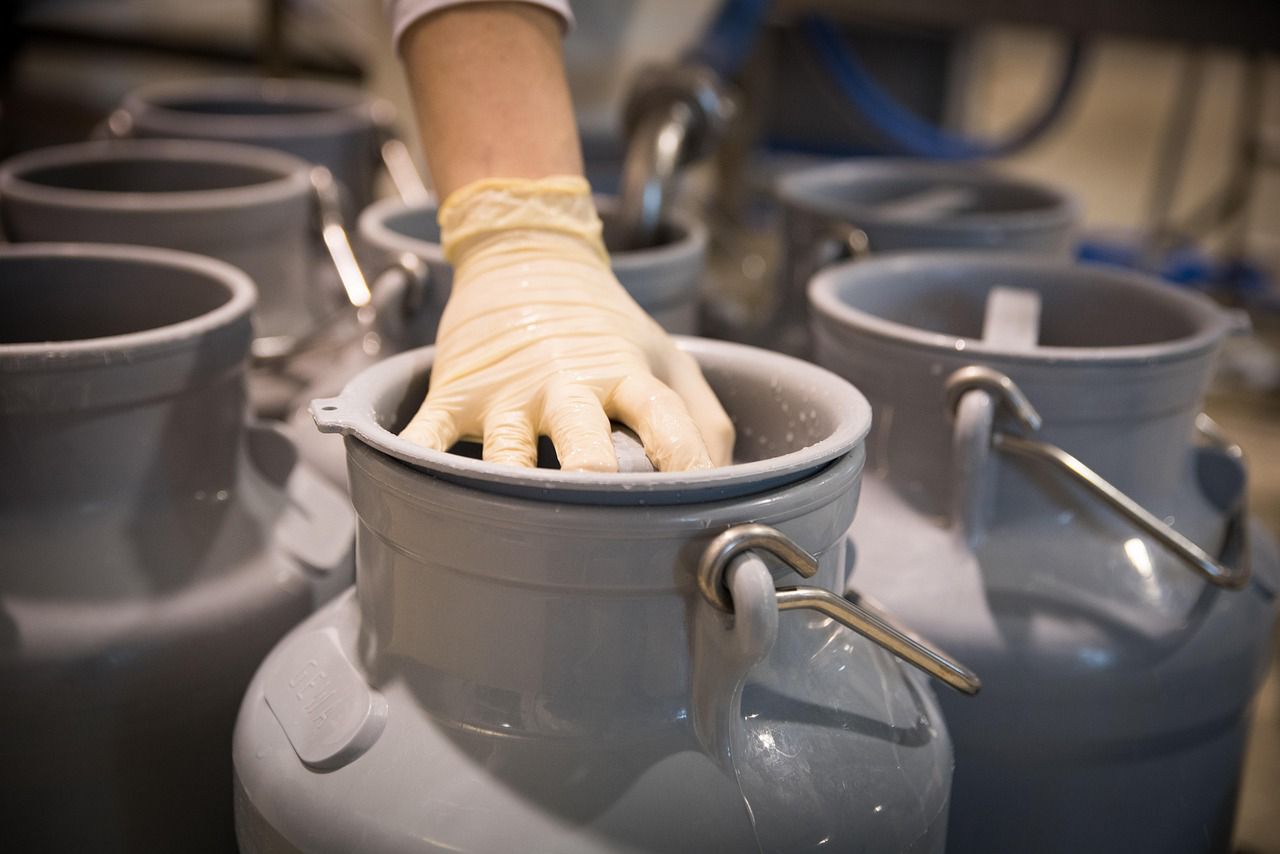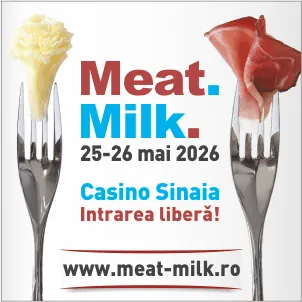970

The Romanian Dairy Industry: 36 Years of Transformation and Transition
Romania’s dairy industry faithfully reflects the country’s economic, political, and social developments over the past three and a half decades. From local factories integrated into a planned economy—such as the well-known Miorița plant in Bucharest—to today’s modern processing units, the path of the dairy sector has been a complex one, marked by stagnation, deep reforms, and efforts to adapt to the free market.
Before 1989, Romania operated a centralized milk collection and processing system, where each county had at least one dairy factory. These facilities—like Miorița in Bucharest and similar plants throughout the country—operated under the coordination of the Ministry of Agriculture and were supplied by state-run farms (CAPs and IASs) and collective households. Milk was systematically collected and processed into a stable but limited range of products: pasteurized milk, yogurt, sour cream, butter, and simple cheeses, all distributed through the national supply network.
After 1990, the transition to a market economy caused a major disruption to this system. Rapid privatization, lack of investment, and the fragmentation of the agricultural sector led to the closure of many local factories, while the milk collection system largely collapsed. In the 1990s, the dairy industry faced significant volume declines, mismatches between production and processing, and many farms exited the economic circuit.
In the early 2000s, Romania began taking the first steps toward rebuilding the sector. Beyond private capital involvement, support programs for retechnologization were implemented, and EU integration compelled adaptation to European standards regarding food safety, traceability, and raw milk quality. Simultaneously, the structure of agricultural holdings began to shift dramatically—from the model of family households with one or two cows toward medium- and large-scale commercial farms.
Today, commercial farms are beginning to play a central role in the economy. These operations can consistently supply high-quality milk in volumes that meet the industry’s current requirements. Especially in recent years, Romania has seen the emergence of farms with more than 1,000 head of cattle, indicating a maturing sector with a clear orientation toward performance and efficiency.
However, Romania still faces significant challenges: average milk yield per cow remains below the European average, and dairy imports continue to cover a substantial share of domestic consumption. Integrating small farms into the economic chain remains difficult due to the lack of functional cooperatives or local milk collection infrastructure.
In conclusion, these 36 years of evolution reflect a transition from a state-controlled, standardized industry to a decentralized system that is still undergoing modernization. The legacy of former planned economy dairy plants, such as Miorița, remains a historical reference point, but the future will depend on the ability of farmers and processors to collaborate, invest, and innovate within a competitive and sustainable economic framework.
(Photo: Pixabay)




